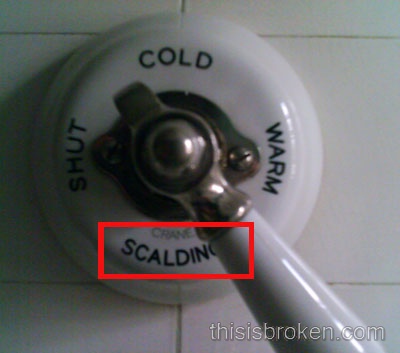
Good product design is hard to create.
Interacting with the product should be effortless, engaging and should stimulate the user to think, “What have I been doing all these years without this product?” When products are created with the end-user in mind, then problems are solved without the user ever having to ask.
This should be the same for Augmented Reality applications. We’re currently moving out of the R&D University phase of AR development where people were just happy to see proof of concept. Now it’s got to appeal to a broader market that’s not going to put up with awkward interfaces and uneven usage.
Imagine if car doors were like the General Lee from Duke’s of Hazard and you had to jump through the window to get in.
Imagine if you had to print out a piece of paper every time you wanted to watch a DVD.
Imagine if you only had two rows of text available on your emails and had to scroll up and down to read.
The examples sound crazy, but it’s what we ask our customers to do sometimes. We get caught in the trap of thinking, “If our customer only does A, then it’ll work just fine.” But a customer isn’t paying for a work-around, they’re paying for an experience. And if they experience is frustration, they’ll quickly discard your product (see this recent post from Ori about an AR product that failed customers as an example to the hazards of ignoring your customers needs.)
I get lots of experience watching customers use equipment in my day job as an engineering manager at a Toyota plant. Suprisingly, the customers I speak of aren’t the people buying the cars. They’re the team members running the equipment to make the cars. I spend time watching our team members trying to use our equipment and the one thing I’ve learned time and time again is, if it’s hard to use, then they won’t use it. Even if its “better.”
What does that mean for Augmented Reality? Look back up to my second example. Does it look familar? Instead of printing out a piece of paper for a DVD, we’re asking them to print out a piece of paper to view augmented reality. If AR is really going to take off, its going to need to be effortless, engaging and make people think, “How did we ever survive before Augmented Reality?”
Questions we need to consider if we want to make it an AR world:
Do printed markers really have a place in a big consumer market?
Will we be spammed with useless geospatial information once the market is mature?
How can my smartphone know the kind of information I want to display?
Should I have to hold my smartphone up everywhere while I’m walking?
Will the software be slow and cumbersome?
Isn’t the screen too small to display all the necessary information?
Will I have to scroll through many layers to find what I want?
Will I need to rearrange my living room to get my AR console to work right?
If you can remove the barriers to consumers using and enjoying your products, solving their problems before they even know they exist, then you’ll have made a great product. The rewards for making a great product that customers can connect with are huge, but the punishment for failing their expectations are swift and merciless.
It’s all up to you.

Nice post!
You have said it.
Oh, and the answers to your questions are:
1) no
2) no way
3) it’s on you for 24/7 for crying out loud!
4) doh
5) only until the next release
6) it’s not the size that counts
7) AR is like an onion
8) it was time anyway
🙂
I hope you’re right about your answers, Ori. 🙂
And I have some further thoughts on #4, still on a slow cook, not ready for posting.